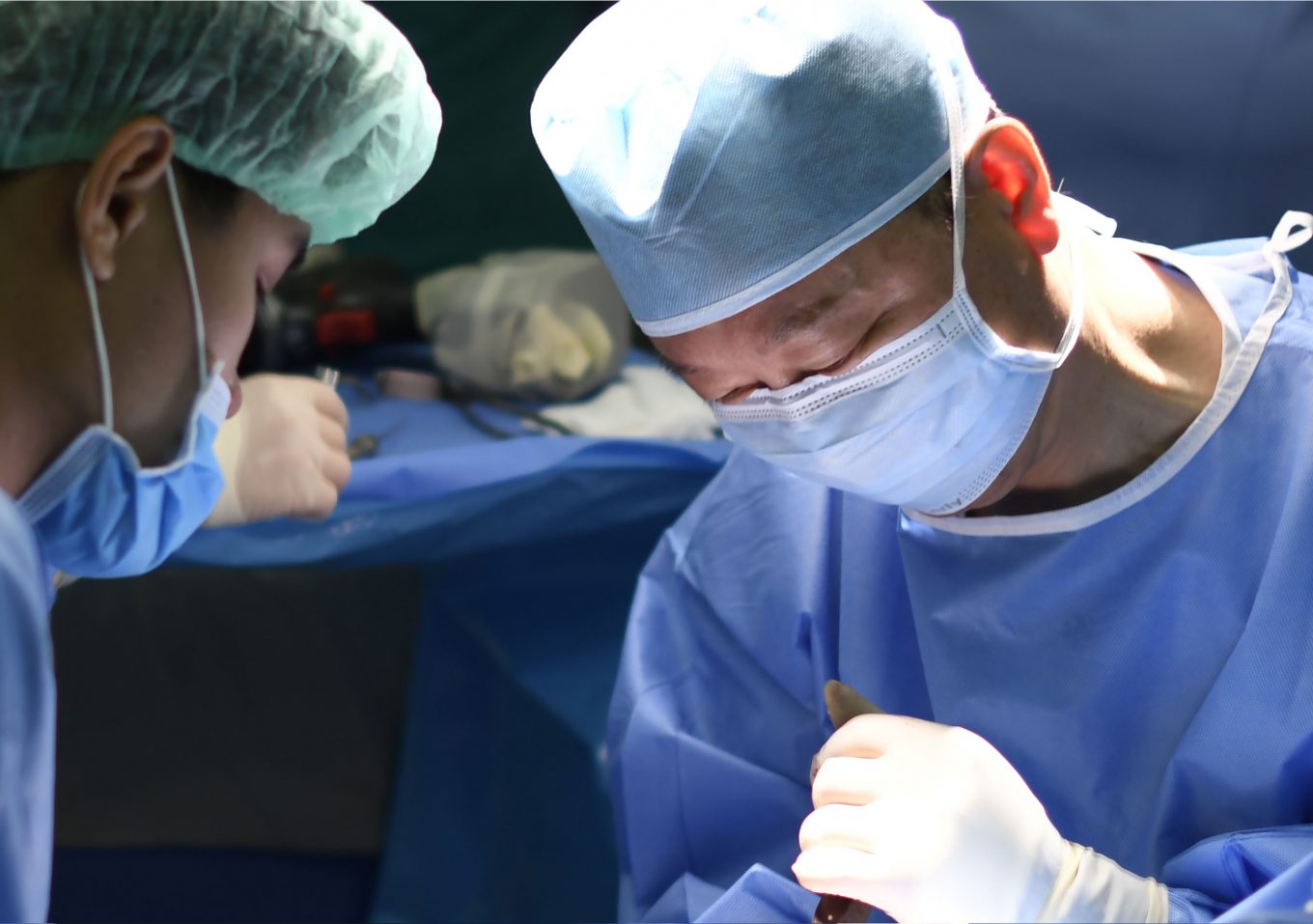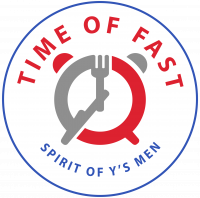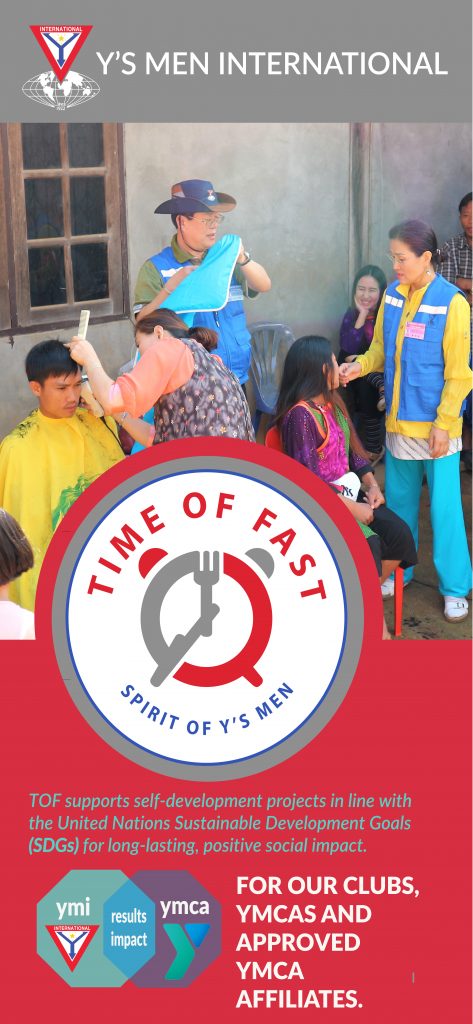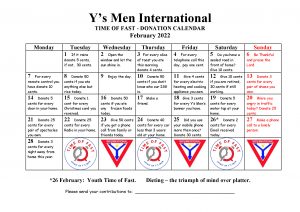February is the month in which we focus on Time of Fast
Join us this month in the programme tradition of skipping a meal or two and donating the equivalent cost to the fund. The TOF donations calendar can offer some fun activities for your club this month, as well.
Over the past 50 years, TOF has provided more than CHF 8 million in funding for self-help projects coordinated by our clubs and partnering YMCAs improving lives of the neediest in a sustainable manner.
Do you have a project worthy of TOF money?
Don’t forget to apply before 15 March.
Please widely share the following new TOF resources:
- Videos: Time of Fast Highlights: June-December 2021
- Comprehensive TOF pamphlet
Resources to Share
Video
History
Time of Fast began as an idea of Vivret Norman from Waterloo, Iowa in 1969. An intitial programme outline and draft policy statement was prepared by the Human Crisis Committee (a group that had been formed earlier that year to address – among other things – poverty, racial discrimination, and denial of basic human rights).
A statement based on Vi’s ideas was presented and accepted at the 46th International Convention in Copenhagen, Denmark (the first outside the North American continent) in July 1970. It outlined a plan in which club members would give up a meal, ideally, around the time of founder, Judge Paul William Alexander’s birthday on 8 December and give the equivalent cost to a specified international fund to help finance projects of the YMCA which also addressed the goal’s of the commission.
Contributing to Time of Fast
Donation calendars
are available in different language and currency versions
to help you reach your fundraising goals.
We are counting on your support to fund the next round of TOF projects and build the legacy of our movement.
Funding Applications
Projects applications are accepted from affiliated clubs (Y’s Men, Y Service, Y’s Women, Y’s Men and Women), YMCAs and recognised YMCA affiliates. If the application is from a YMCA or affiliate, it must be endorsed by an affiliated club, District, Region or Area in which the project is located.
- Deal directly with needy people and/or those who provide for them
- Improve the recipient’s quality of life, directly or indirectly
- Be of the self-help variety
- Have on-going funding or be self-funded after set-up
- Address at least one of the United Nations’ Sustainable Development Goals
